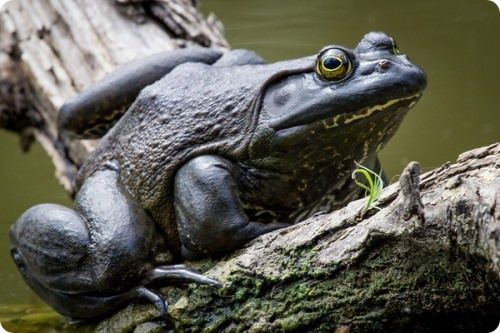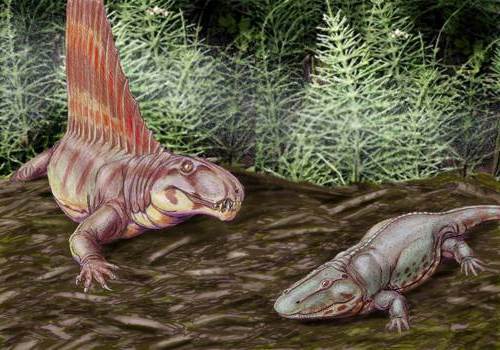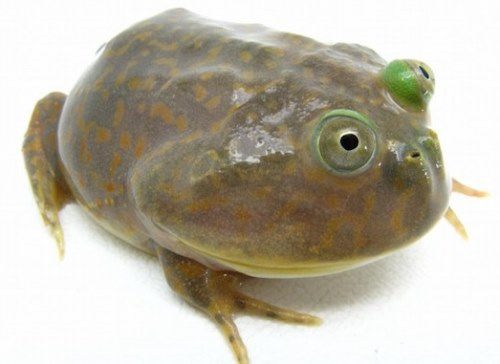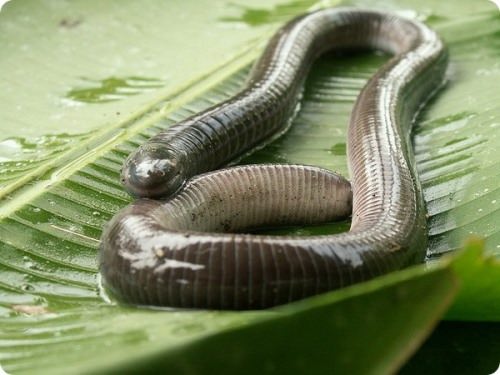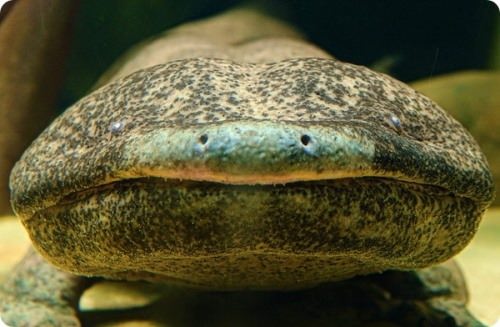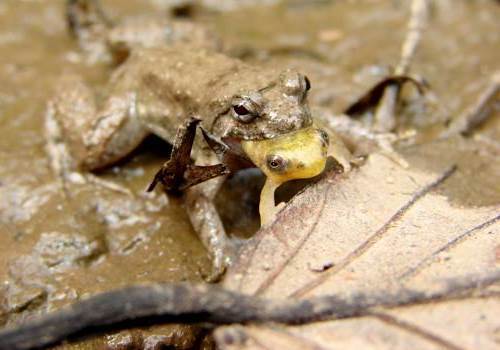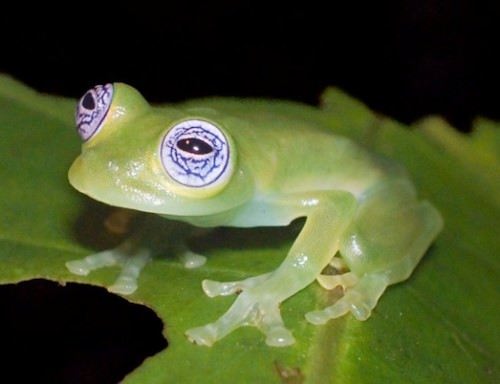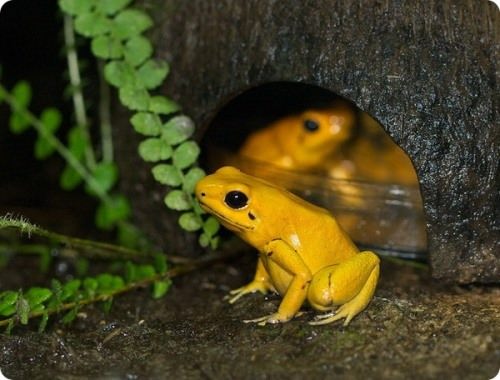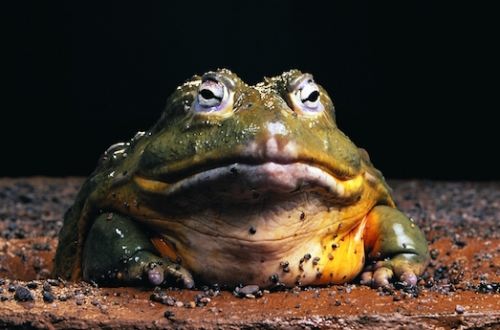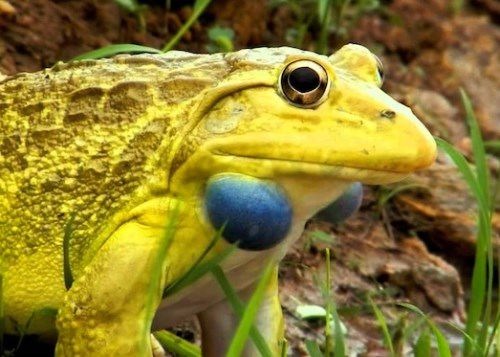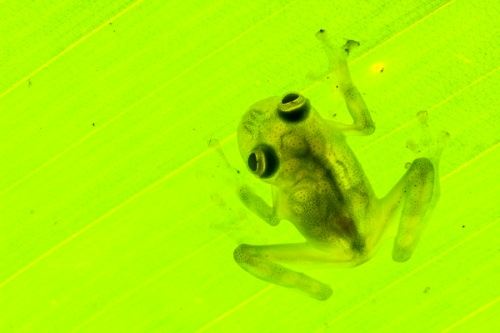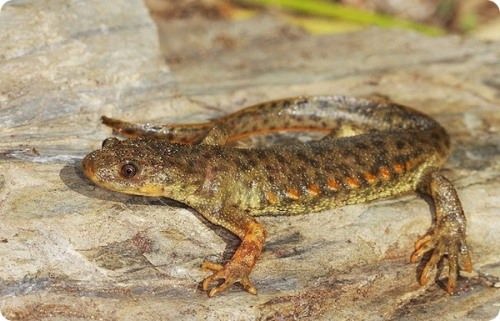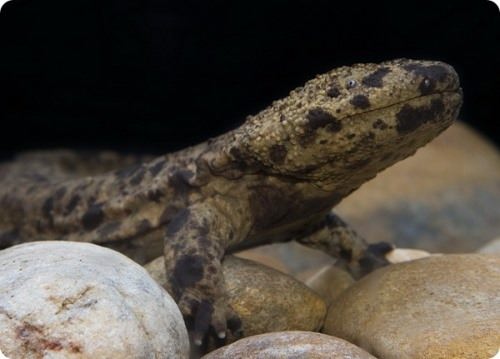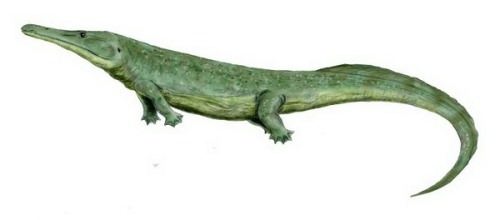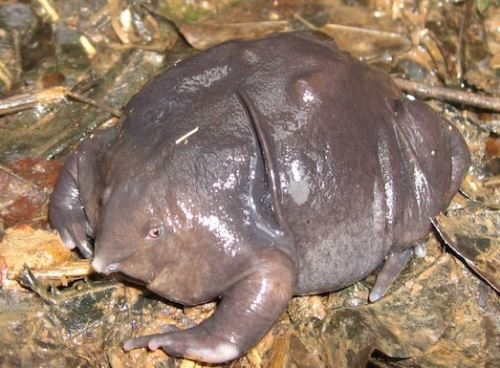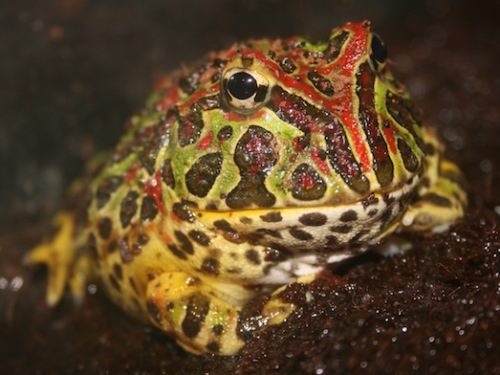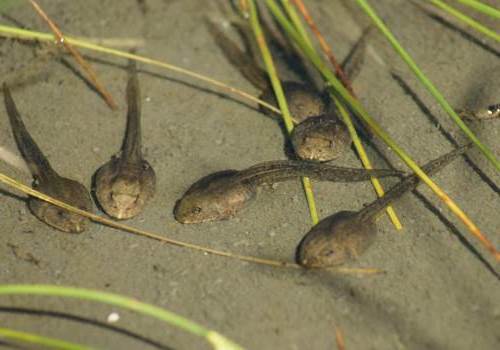Amphibians – Land-and-Water Dwellers
Millions of years ago, a group of fish began to breathe both in and out of the water. Later they began to develop legs. These animals became amphibians, the ancestors of all reptiles, birds, and mammals. They first ventured out on land some 370 million years ago.
The word “amphibian” comes from the Greek words amphi, which means “both,” and bios, which means “life.” Amphibians are cold-blooded vertebrates that live both in freshwater and on land. Their body temperature generally matches the temperature around them and to warm up, amphibians often bask in the sun.
There are three main groups of amphibians. The largest group includes the true frogs, tree frogs, and toads. The second group is the salamanders. The third group is the caecilians, wormlike creatures.
Frogs are different from other amphibians because they do not have tails when they are adults. Many frogs have long and strong hind legs for hopping.
Salamanders are the four-legged, tailed animals. Most have small legs that are all about the same size. A few species have only two legs.
Caecilians look like earthworms, but unlike them they have jaws and teeth.
Amphibians are found nearly all over the world. Some adult amphibians live only on land and other types live only in water.
Amphibians breathe through their skin, lungs or gills. Their skin often contains glands that make mucus to protect the skin from drying out.
Some amphibians change their skin color to blend in with their surroundings.
During cold winters and hot, dry summers some amphibians hibernate.
Most amphibians lay eggs, but some species give birth to live young. Many frogs and salamanders lay their eggs in the water. The frog eggs hatch into tadpoles, and the salamander eggs hatch into larvae. Both the tadpoles and the salamander larvae have gills that they use to breathe underwater.
Besides hearing sounds like humans do, frogs and salamanders can hear vibrations in the ground.
Many amphibians are carnivorous. Birds, snakes, raccoons and other mammals, fishes, and other amphibians eat amphibians.
Today many amphibians are endangered.
From Britannica Student Encyclopedia

